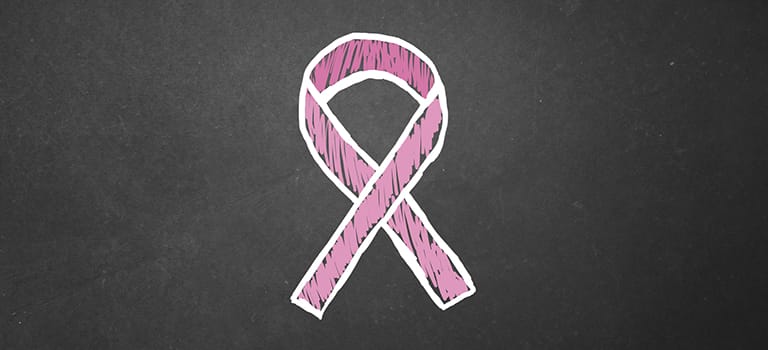
In the United States, more than 230,000 women and approximately 2,600 men receive a breast cancer diagnosis each year. Addressing the physical demands of the disease, however, is just one part of a comprehensive treatment regimen for breast cancer; treatment must account for patients' psychological needs as well.



